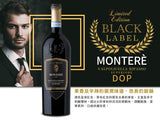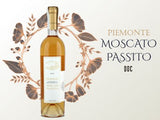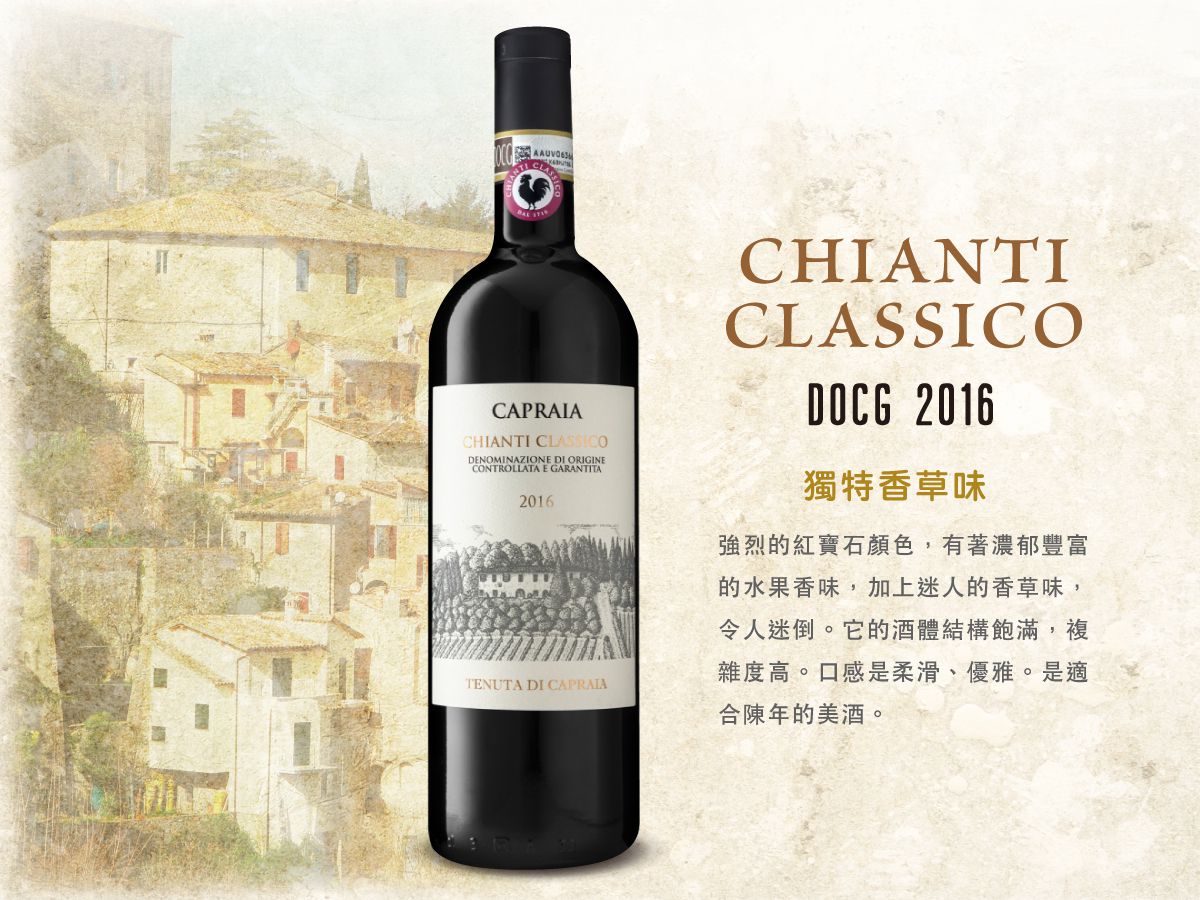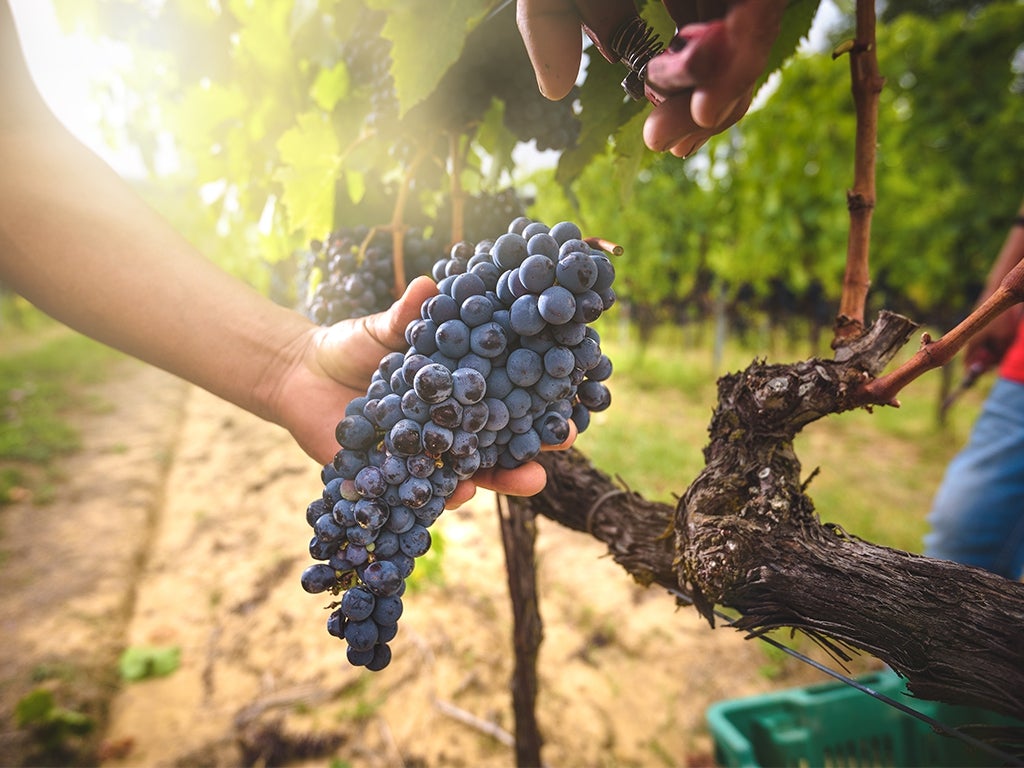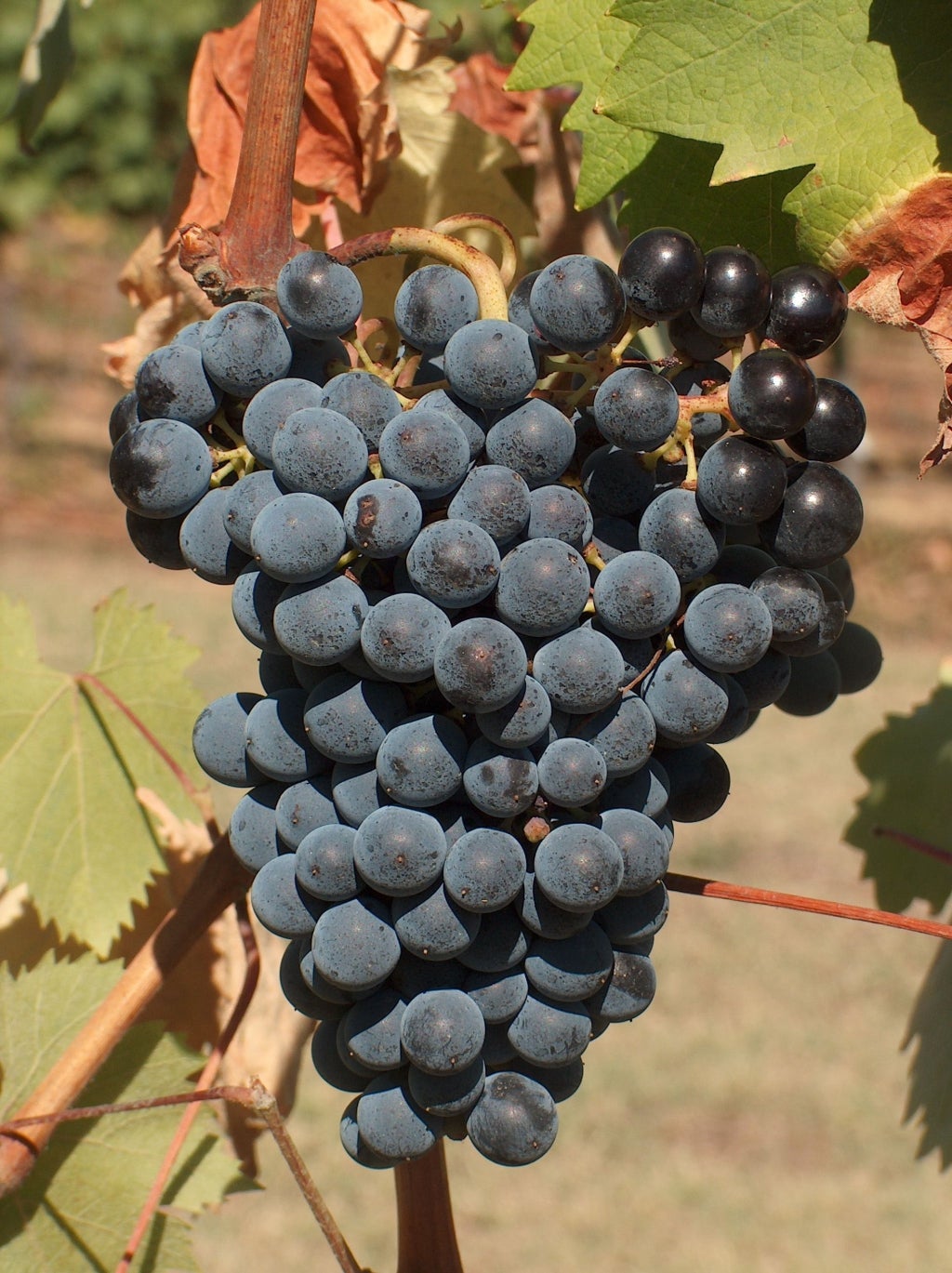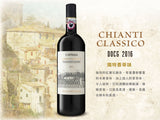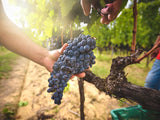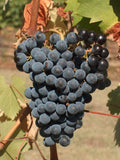Tenuta di Capraia Chianti︱Chianti Classico DOCG 2016 (WS90, JS92)
| Regions: Italy - Tuscany | Ratings: DOCG, WS 90/100, JS 92/100 |
| ABV: 14% | Decanting Time: At least 45-60 minutes |
| Winery: Tenuta di Capraia | Grapes: Sangiovese/Canaiolo |
| Food Pairing: It can be paired with a variety of white meat, red meat dishes and aged cheeses. | |
DOCG refers to the highest level of Italian wine classification. Select the best quality production areas from the DOC-level production areas and then certify them to accept stricter wine production and labeling regulations. Therefore, this wine must be in a specific production area and meet the specified production standards to be crowned with the title of DOCG.
This wine king is made from Sangiovese grapes. Sangiovese is also known as the "Blood of Zeus." It can adapt to diverse soils. It is both delicate and full of aroma, creating a variety of classic wines.

Tenuta Di Capraia
Tenuta Di Capraia, located in the heart of the Chianti Classico region, is the leading producer of classic Italian wines. Rocca di Castagnoli owns and manages it, and it was certified organic in 2017. This radar manufacturer is a founding member of the Consorzio Chianti Classico. To maintain their high-quality wines, they only bottle the best in production.
Capraia is situated on a hill that was once visited by Etruscans. It looks out over the valley from a hilltop reminiscent of antiquity, surrounded by woods, vineyards, and olive groves. The villa, vineyard, and wine cellar have all undergone extensive renovations.
In the absence of drought, the temperature for brewing Chianti is typically kept at 28°C, and the wine is macerated for 10-12 days. In stainless steel vats, the grapes ferment. This brewing process takes at least a year. Some grapes are fermented in small oak barrels while others are fermented in large stainless steel vats. Investigate various filter bottling methods. To finish, the wine is aged for at least 6 months after bottling.
Sangiovese - Blood of Zeus - the most cultivated red grape variety in Italy
Sangiovese is a red Italian wine grape variety named after the Latin sanguis Jovis, which means "Jupiter's blood." Though it is the grape of most of central Italy, from Romagna to Lazio (the most widespread grape in Tuscany), Campania, and Sicily, it is best known outside of Italy as the sole component of Brunello di Montalcino and Rosso di Montalcino, as well as the main component of the blends Chianti, Carmignano, Vino Nobile di Montepulciano, and Morellino di Scansano, though it can also be used to make varietal wines.
Canaiolo
Canaiolo is a red Italian wine grape that is grown throughout Central Italy but is best known in Tuscany. Lazio, Marche, and Sardegna are other regions where Canaiolo is grown. A white berry mutation known as Canaiolo Bianco exists in Umbria. It is frequently used in the production of Chianti wine, along with Sangiovese and Colorino, and is an important but secondary component of Vino Nobile di Montepulciano.



Tuscany, Italy, successfully challenged Bordeaux, France.
Tuscany is the most well-known star-producing region in Italy, bordered to the north by Emilia-Romagna, to the northwest by Liguria, and to the south by Umbria and Latium, with the Tyrrhenian Sea to the west and an excellent location. Tuscany in central Italy's equivalent of Bordeaux in France.
Tuscany
Chianti wines are inexpensive and well-known. Contiti wine was one of only five DOCG producing regions in Italy that year, 1984. Wines produced in the Chianti DOCG region's eight sub-regions can all be labeled "Chianti DOCG," but it is important to note that these wines must use Sangiovese as the main wine grape. Condit wine exhibits different characteristics depending on the brewing method used.



Payme, FPS, Alipay, and WeChat Pay are also available.
(including Hong Kong, Kowloon, New Territories urban areas, and Discovery Bay are free, other remote areas are negotiable)
9am - 1pm
1pm - 6pm
6pm - 10pm
For mainland orders, please place an order first, then we will arrange another quotation for the goods and transportation.





